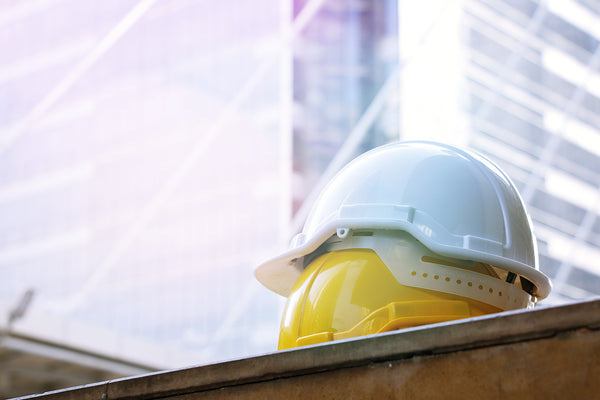
Workplace Safety Trends: What to Expect in 2022
The COVID-19 pandemic has transformed the way we live. From the rise in e-commerce to changes in workplace culture, many of these trends are here to stay. Even as the world begins to return to some semblance of normality, change is still constant. Amongst these trends, the one with the most impact on most of us is changing the workplace. The coming year will continue to be an extensive transitional period with some companies permanently switching to remote work and others moving to a hybrid setting. Many of these shifts will affect both the physical and psychological safety of workers.
Because of these transformations, workplace safety has never been more important. Safety has taken on a new meaning in this pandemic world. It is the driving force for many workplaces to re-examine their current protocols and develop new strategies. In this article, we are going to cover the top workplace safety trends to follow in 2022.

Operations Manager Brian Slayton at Aluminum Precision Products said it well: “Safety will have to be looked at much differently going forward. Companies need to listen to their staff and let them know they care about their personal safety in the workplace. This can range from something as simple as an ergonomic chair to more complex issues like HEPA filtration, room air purifiers, and continuous housekeeping.”
Mental Health Stays Top Priority
As a result of the COVID-19 pandemic, many argue that mental health should be a top priority in the safety manager’s responsibility. This emphasizes the need to look at workers’ health and safety holistically. Managers need to address physical welfare as well as emotional well-being.
Ian Smith - R. W. Shattuck & Co. Inc. agrees: "We’re seeing a shift from the “whatever it takes to get it done” mentality to a mindset of “how can we can this done while keeping employees healthy”. That not only pertains to physical health when performing tasks, but mental health in regard to time frames, expectations, and self-awareness. An employee who feels healthy and energized mentally is far less likely to make mistakes that can cause physical harm". This approach has been embraced by many companies as new studies show how mental health can affect worker safety. Leading companies have introduced policies and systems to support the mental well-being of their teams. Whether in the form of management training or including mental wellness in benefits packages, mental health is a key element in building an inclusive environment of safety.

Technology to Stop Workplace Injuries
Businesses spend considerable resources to prevent workplace injuries. Companies are now turning to technology to encourage safer work. New tools can develop behavioral improvements, identify risk, and monitor employees. Wearable devices with smart technology like watches, eyewear, or sensors are now used to complement risk management systems. These wearables can track physical activity and alert the employee before they become fatigued. This technology can prevent falls or other injuries. Certain devices can even signal users of potentially dangerous situations such as noise or harmful toxins. Organizations can analyze safety concerns in real-time using data collection from devices. These data points can lead to new safety policies moving forward.
Employee Training, Just Different
Training employees is the most important component in ensuring workplace safety. Yet, due to the spread of COVID-19, workplaces have been forced to adapt training practices. Many introduced hybrid or virtual training as a safer and more convenient option. But establishing hybrid training isn’t always enough.
According to Slayton, “In the short-term, we implement Microsoft Teams on all computers to aid in training and to be able to continue with meetings while we built a new training center. The new facility allows for employees to remain socially distant and includes HEPA air filters for worker safety.”

With the continued evolution of operations, employees may need extra help to follow new hybrid or remote policies. All these factors mean that most companies will need to invest in significant training during the coming year. The unique needs of a hybrid or remote workforce will continue to bring new tactics for teaching safety procedures. “With all of our changes, we found we needed to add more training sessions and classes to keep employees up-to-speed and comfortable in their roles,” said Slayton.
As we enter 2022, understanding the complexities of workplace safety is the key to developing a winning safety plan. Listen to your team to create new goals that shape a safe future beyond a post-pandemic world.


